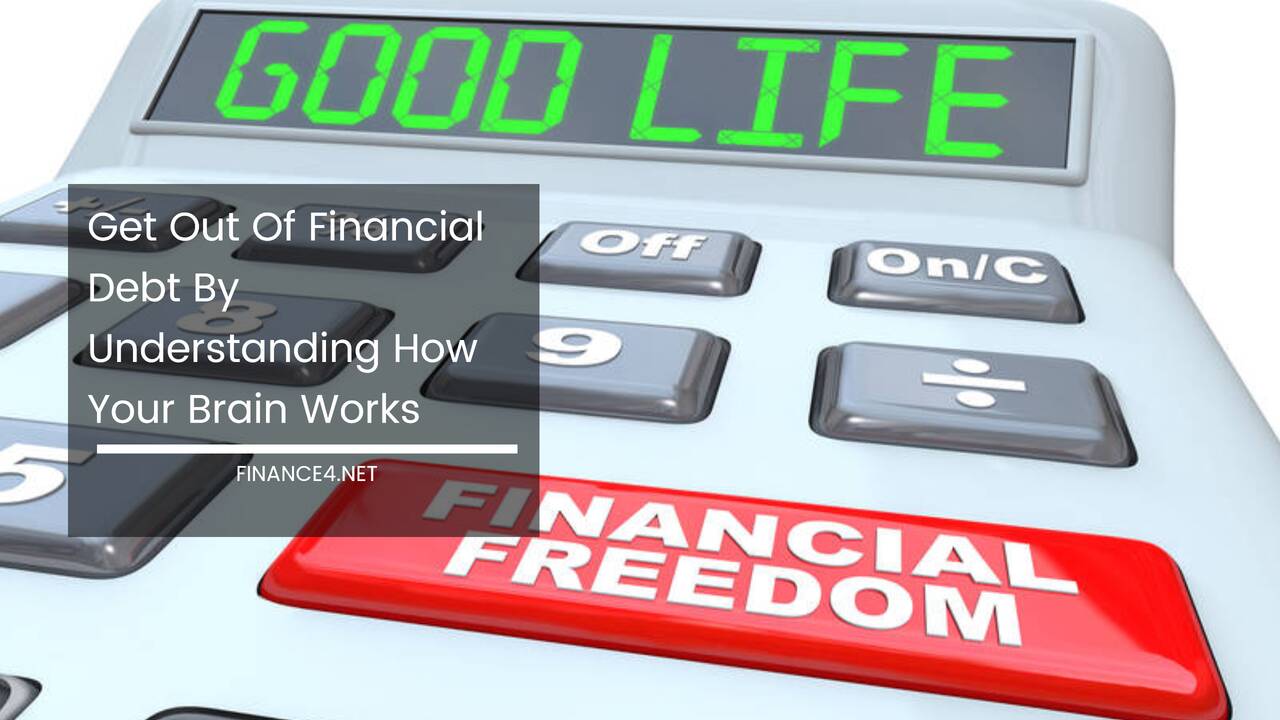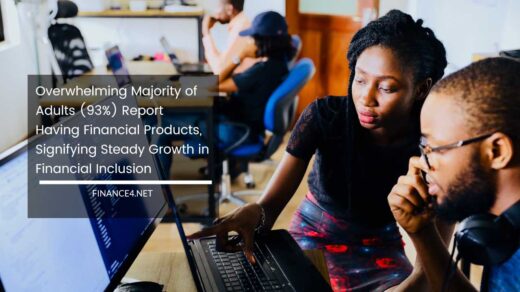Get Out of Financial Debt by Understanding How Your Brain Works

Get Out Of Financial Debt By Understanding How Your Brain Works
In today’s consumer-driven society, the allure of instant gratification and easy access to credit can easily lead to a mountain of debt.
This burden can not only drain your bank account but also cause significant mental and emotional stress. However, the good news is that by understanding how your brain works, you can develop strategies to break free from the cycle of debt and achieve financial freedom.
The Debt Trap: Why We Fall In
There are several key factors that contribute to falling into debt:
-
The Psychology of Ease: Lending companies are everywhere, bombarding us with advertisements and offering seemingly easy loans with low introductory interest rates. This creates an illusion of affordability, encouraging impulsive borrowing even when the long-term financial picture might not be sustainable. Additionally, the ease of online credit applications further fuels the fire, allowing us to bypass the in-person interaction that might encourage a moment of pause and reflection.
-
Impulse and Emotional Spending: Our brains are wired for reward. The dopamine surge we experience with a new purchase can be highly addictive. Social media and targeted advertising bombard us with images of “perfect” lives, often fueled by material possessions. This can lead to a desire to keep up with the Joneses, encouraging us to spend beyond our means on things we don’t necessarily need.
-
Financial Illiteracy: Many individuals lack basic financial literacy skills. They may not understand the true cost of debt, including interest rates and compounding interest. Without a budget or a clear understanding of their financial situation, individuals are more susceptible to falling prey to predatory lending practices and impulsive spending habits.
-
Unforeseen Events: Life can be unpredictable. Job loss, medical emergencies, or unexpected car repairs can derail even the most well-intentioned financial plans. These events can force individuals to rely on debt to cover essential expenses, potentially pushing them deeper into financial hardship.
The Neuroscience of Spending Decisions
Neuroscience offers fascinating insights into how our brains influence our financial choices. The Anticipatory Affect Model suggests that when we consider future outcomes, we experience a degree of uncertainty.
This uncertainty can lead to anticipated gains or losses, triggering different emotional responses that impact our financial decisions.
-
The Anticipation Trap: When we anticipate a potential financial gain, our brain experiences increased arousal and valence, leading to positive emotions like excitement. This activates the nucleus accumbens, a region associated with reward and motivation. In this state, we become more susceptible to “approach behavior,” taking risks and potentially making decisions that increase debt in pursuit of that perceived gain. For example, someone might take out a high-interest loan to invest in a risky business venture, fueled by the hope of high returns.
-
The Anxiety Loop: Conversely, anticipating financial loss triggers decreased arousal and valence, leading to negative emotions like anxiety. This activates the anterior insular, a region associated with risk aversion. In this state, we’re more likely to engage in “avoidance behavior,” prioritizing security and minimizing risk. For example, someone who is worried about job security might be hesitant to take out a loan for a new car, even if it’s a practical necessity.
The Impact of Brain Activity on Debt
Understanding how your brain reacts to potential gains and losses can be a powerful tool in managing your finances. Individuals who are more sensitive to potential losses, with strong activation of the anterior insular, are naturally more likely to avoid debt. This can be an advantage, helping them make responsible financial decisions.
However, it’s important to find a balance. Excessive risk aversion can also hinder financial growth. The key is to develop a healthy awareness of both the potential gains and losses associated with financial decisions, without being paralyzed by fear.
Breaking the Cycle: Strategies for Debt Management
Now that you understand the psychological and neurological factors that contribute to debt, here are some practical strategies you can use to overcome it and achieve financial freedom:
-
Track Your Spending: Awareness is the first step to change. Start by tracking every penny you spend for a month. There are many budgeting apps and online tools that can help you categorize your expenses and identify areas where you can cut back. Seeing your spending habits laid bare can be a powerful motivator to change.
-
Create a Realistic Budget: Develop a budget that allocates your income towards essential expenses, savings goals, and debt repayment. This provides a roadmap for your financial journey. Be realistic with your numbers and factor in buffer room for unexpected expenses.
-
Prioritize High-Interest Debt: Focus on paying off debts with the highest interest rates first. This will minimize the total amount of interest you pay over time. There are two popular debt repayment strategies:
- Debt Avalanche Method: This method prioritizes paying off the debt with the highest interest rate first, regardless of the balance. By focusing on the most expensive debt, you save money on interest charges in the long run. This approach is mathematically the most efficient way to become debt-free, but it might require more discipline initially as you may not see quick wins with smaller debts.
-
Debt Snowball Method: This method prioritizes paying off the smallest debt first, regardless of the interest rate. This approach can provide a sense of accomplishment early on, as you quickly eliminate debts from your list. The psychological boost of seeing debts disappear can be motivating and help you stay on track with your repayment plan. However, you may end up paying more in interest overall compared to the avalanche method.
Choose the method that best suits your personality and financial goals.
-
Explore Debt Consolidation: Consider consolidating your debts into one loan with a lower interest rate. This can simplify your repayment process and potentially save you money on interest. However, be cautious of extended repayment terms that might keep you in debt longer.
-
Boost Your Income: Look for ways to increase your income, whether through a side hustle, a raise negotiation, or selling unwanted items. Increased income allows you to pay down debt faster and build a financial cushion for the future.
-
Develop Healthy Habits: Avoid impulse purchases and resist the urge to keep up with the Joneses. Focus on long-term goals instead of instant gratification. Develop a “mindfulness” practice around spending. Take a breath before making a purchase, especially for non-essential items. Ask yourself if you truly need the item or if it’s just a fleeting desire.
-
Seek Support: Don’t be afraid to seek help. There are many resources available, including financial counselors and credit counseling agencies, who can offer guidance and support on your journey to debt-freedom. Talking to a professional can help you develop a personalized debt repayment plan and address any underlying emotional issues related to money.
Final Remarks
Financial debt can be a significant burden, but it doesn’t have to control your life. By understanding how your brain works, developing healthy financial habits, and implementing effective debt management strategies, you can break free from the cycle of debt and achieve financial freedom.
Remember, it’s a marathon, not a sprint. Be patient with yourself, celebrate your milestones, and stay focused on your long-term goals. With dedication and the right tools, you can build a secure financial future and achieve financial peace of mind.
Image Credit: SalFalko



